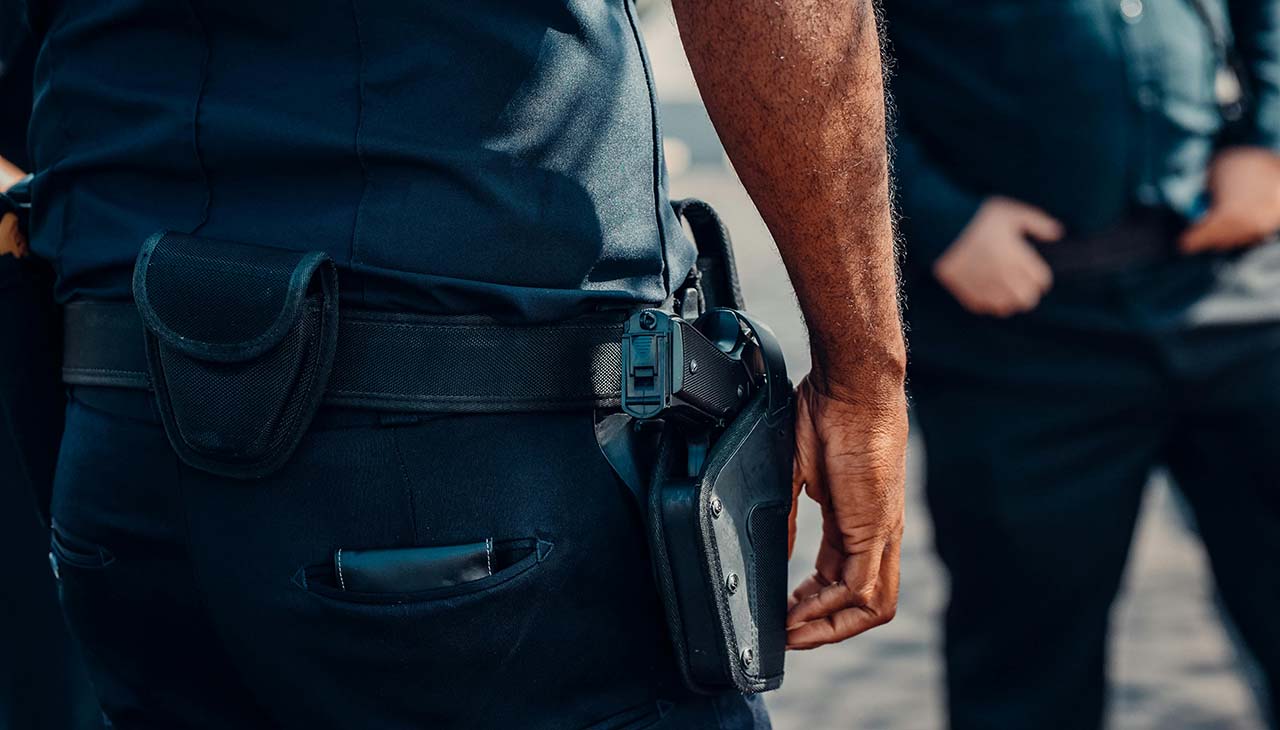
Firearm laws in the United States are complex and varied, entrenched in the fabric of the nation’s history and the rights enshrined in the Second Amendment. It is essential for gun enthusiasts and owners to navigate this intricate legal landscape with a comprehensive understanding of the regulations that govern the ownership, use, and transfer of firearms. This guide aims to provide a clear and concise overview of firearm laws, offering readers essential insights to ensure they operate within legal parameters while maintaining their rights as responsible gun owners.
Types of Firearms
Firearms are broadly classified into three main categories: handguns, rifles, and shotguns. Handguns are designed for one-handed use and are commonly carried for personal defense, while rifles are designed for two-handed use with accuracy over longer distances and are often used for hunting and sport shooting. Shotguns are designed to fire a spread of shot or a single projectile, making them versatile for various purposes, including hunting and home defense.
Each type comes with its own set of legal considerations:
- Handguns often have stricter regulations, requiring permits for carrying concealed weapons and, in some states, registration of the firearm.
- Rifles and shotguns may be subject to less stringent laws, but still, face legal controls, especially regarding the possession and use of assault weapons and certain semi-automatic firearms.
- Laws also differ in terms of age restrictions, background checks required for purchase, waiting periods, and the necessity of safety certificates.
Understanding these distinctions and the corresponding legal responsibilities is critical for ensuring that gun ownership and use are compliant with state and federal laws.
Ownership and Purchase Regulations
When it comes to ownership and purchasing firearms, there are a number of regulations and requirements that must be adhered to. Here are some key points:
- Age Restrictions: Federal law dictates that individuals must be at least 18 years old to purchase rifles and shotguns, and 21 years old to purchase handguns from a licensed dealer. Some states have implemented higher age limits for all firearms or certain types of firearms.
- Background Checks and Waiting Periods: The majority of firearm purchases from licensed dealers require a background check through the National Instant Criminal Background Check System (NICS). Waiting periods before the acquisition of a firearm are mandated in some states, ranging from a few days to several weeks.
- Licensing and Registration Requirements: A number of states require gun owners to obtain a license or permit to own or carry firearms. Registration of firearms is less common and is primarily regulated at the state level, with only a few states and the District of Columbia requiring registration of some or all firearms.
Carry and Concealment Laws
The right to carry firearms in public is governed by a complex set of laws that vary significantly between states. There are two primary ways that firearms can be carried: open carry, where the firearm is visible on one’s person, and concealed carry, where the firearm is hidden from plain view.
- Open Carry: Many states allow open carry of firearms without the need for a specific license, though some may have restrictions on the locations where open carry is permitted. Other states require a permit or prohibit open carry altogether.
- Concealed Carry: Concealed carry generally requires a permit, obtained through a process that typically involves background checks, firearms training courses, and an application procedure. While some states issue concealed carry permits on a “shall-issue” basis—granting permits to all applicants who meet the necessary criteria—others operate on a “may-issue” basis, where authorities have discretion over the issuance of permits. Additionally, there are states that do not require a permit at all for concealed carry, known as “constitutional carry” states.
Careful consideration of these regulations is essential for responsibly exercising the right to carry firearms, as accidental violations can result in serious legal consequences.
Storage and Transportation Requirements
Proper storage and safe transportation are crucial for firearms owners to prevent accidents and avoid legal infractions. Below are key guidelines and legal requirements to consider.
Secure Storage Guidelines
Responsible gun owners must take steps to ensure that their firearms are stored in a manner that prevents unauthorized access. Here are some recommended practices for secure storage:
- Use of Gun Safes and Locks: Firearms should be stored in a locked gun safe or cabinet. Gun locks can provide an additional layer of security.
- Ammunition Storage: Store ammunition separately from firearms to reduce the risk of accidental discharge.
- Child Access Prevention: States have varying laws regarding child access prevention. Some mandate that guns be stored with locking devices or in places reasonably secure against access by children.
- Best Practices: Even in the absence of specific legal requirements, it is best practice to store firearms unloaded, locked, and separate from ammunition.
Transporting Firearms Legally
When transporting firearms, different regulations apply based on the mode of transport, the areas you are traveling through, and whether you are transporting the firearms locally or across state lines.
- Local Transport: Always keep firearms unloaded and cased when transporting them in a vehicle. Some states require firearms to be locked and stored in the trunk or in a locked container other than the glove compartment or console.
- Interstate Transport: The Firearm Owners’ Protection Act (FOPA) allows legal owners to transport unloaded, inaccessible firearms across state lines, but be aware of the varying state laws that may apply at your destination.
- Air Travel: Firearms must be declared to the airline at check-in, stored in a locked, hard-sided container, and checked in as baggage only. Ammunition must also be securely packed in fiber, wood, or metal containers or in the original packaging.
- Carry Permits: Having a concealed carry permit does not necessarily allow for legal transport in all jurisdictions. Owners must comply with the laws of each state they are traveling through.
It’s essential to research and understand the specific laws pertaining to storage and transportation for each state or locality to ensure compliance and safety.
Use of Firearms in Self-Defense
While the use of firearms for self-defense is protected under the Second Amendment, the laws surrounding this right vary considerably from state to state. Understanding these legal frameworks is crucial for lawful gun owners.
- Stand Your Ground laws: These laws allow individuals to use force, including deadly force, to defend themselves or others against threats or perceived threats without the duty to retreat, no matter where the attack takes place. The specifics of these laws differ, with some states having clear statutory provisions, while others have adopted the principle through case law.
- Castle Doctrine: The Castle Doctrine is another legal principle related to self-defense. This doctrine generally provides that individuals have no duty to retreat when they are in their own home (sometimes extended to places of work or vehicles) and may use reasonable force, including deadly force, to protect themselves against an intruder. The aim is to offer legal protection to those who act in defense of themselves and their property within the confines of their ‘castle’. The extent and application of the Castle Doctrine can vary significantly by state, affecting how self-defense claims are assessed during legal proceedings.





